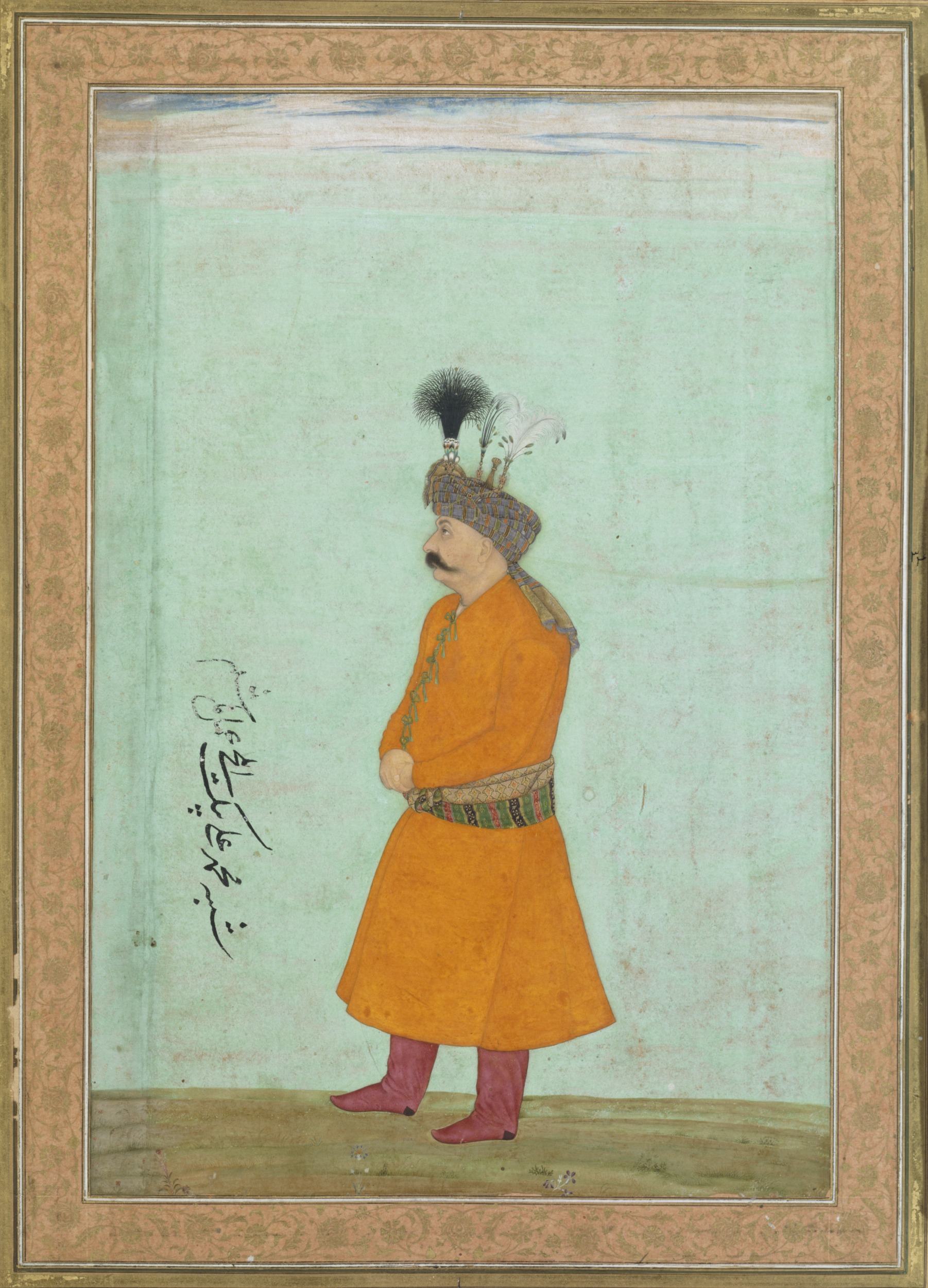Mughal–Safavid War (1622–1623) on:
[Wikipedia]
[Google]
[Amazon]
The Mughal–Safavid war of 1622–1623 was fought over the important fortress city of  Shah Abbas had desired to capture the strategic fortress in Kandahar since he had lost it in 1595.Burton 1997, p. 159 In 1605 the governor of
Shah Abbas had desired to capture the strategic fortress in Kandahar since he had lost it in 1595.Burton 1997, p. 159 In 1605 the governor of
Kandahar
Kandahar is a city in Afghanistan, located in the south of the country on Arghandab River, at an elevation of . It is Afghanistan's second largest city, after Kabul, with a population of about 614,118 in 2015. It is the capital of Kandahar Pro ...
, in Afghanistan
Afghanistan, officially the Islamic Emirate of Afghanistan, is a landlocked country located at the crossroads of Central Asia and South Asia. It is bordered by Pakistan to the Durand Line, east and south, Iran to the Afghanistan–Iran borde ...
, between the Safavid Empire and the Mughal Empire.
 Shah Abbas had desired to capture the strategic fortress in Kandahar since he had lost it in 1595.Burton 1997, p. 159 In 1605 the governor of
Shah Abbas had desired to capture the strategic fortress in Kandahar since he had lost it in 1595.Burton 1997, p. 159 In 1605 the governor of Herat
Herāt (; Dari/Pashto: هرات) is an oasis city and the third-largest city in Afghanistan. In 2020, it had an estimated population of 574,276, and serves as the capital of Herat Province, situated south of the Paropamisus Mountains (''Se ...
, Husein Khan, besieged the city but the tenacious defense of the Mughal governor, Shah Beg Khan, and the arrival in the next year of a relieving Mughal army to Kandahar forced the Safavids to retreat.Iranica 2011Kohn 2007, p. 337 With the conclusion of the Ottoman–Safavid War (1603–18), Shah Abbas was secure enough for a war on his eastern frontier, so in 1621 he ordered an army to gather at Nishapur
Nishapur or Neyshabur (, also ) is a city in the Central District (Nishapur County), Central District of Nishapur County, Razavi Khorasan province, Razavi Khorasan province, Iran, serving as capital of both the county and the district.
Ni ...
. After celebrating the Iranian New Year at Tabas Gilaki in southern Khorasan
KhorasanDabeersiaghi, Commentary on Safarnâma-e Nâsir Khusraw, 6th Ed. Tehran, Zavvâr: 1375 (Solar Hijri Calendar) 235–236 (; , ) is a historical eastern region in the Iranian Plateau in West and Central Asia that encompasses western and no ...
, Abbas joined with his army and marched on Kandahar where he arrived on 20 May and immediately began the siege. Though Jahangir
Nur-ud-din Muhammad Salim (31 August 1569 – 28 October 1627), known by his imperial name Jahangir (; ), was List of emperors of the Mughal Empire, Emperor of Hindustan from 1605 until his death in 1627, and the fourth Mughal emperors, Mughal ...
had information of the Persian's movements he was slow to respond, and without reinforcements, the small garrison of 3,000 men could not hold for long.Chandra 2005, p. 221
The Emperor asked his son and heir apparent Khurram who was at Mandu
Mandu may refer to:
Geographic toponyms
* Mandu River, a river in Minas Gerais, Brazil
* Mandu, Democratic Republic of the Congo, a village
* Mandu, Madhya Pradesh, a ruined city in Dhar district, Madhya Pradesh, India
* Mandu, Jharkhand, ...
in the Deccan
The Deccan is a plateau extending over an area of and occupies the majority of the Indian peninsula. It stretches from the Satpura and Vindhya Ranges in the north to the northern fringes of Tamil Nadu in the south. It is bound by the mount ...
to lead the campaign and move the Barha Sayyids, the Indian Bukhari Sayyids, the Shaikhzadas, and the Rajputs back to the north, but Khurram evaded the assignment fearing to lose his political power while he was away from court.Chandra 2005, p. 242 The relief force the Mughals could assemble proved too small to raise the siege, so after a 45-day siege the city fell on 22 June followed shortly after by Zamindawar
Zamindawar is a historical region of Afghanistan. It is a very large and fertile valley the main sources for irrigation is the Helmand River. Zamindawar is located in the greater territory of northern Helmand and encompasses the approximate area of ...
.Burton 1997, p. 160 After fortifying the city and appointing Ganj Ali Khan as governor of the city, Abbas returned to Khorasan
KhorasanDabeersiaghi, Commentary on Safarnâma-e Nâsir Khusraw, 6th Ed. Tehran, Zavvâr: 1375 (Solar Hijri Calendar) 235–236 (; , ) is a historical eastern region in the Iranian Plateau in West and Central Asia that encompasses western and no ...
via Ghur, subduing on the way troubling emirs in Chaghcharan and Gharjistan.Burton 1997, p. 161 The rebellion of Khurram absorbed the Mughals' attention, so in the spring of 1623 a Mughal envoy arrived at the Shah's camp with a letter from the Emperor accepting the loss of Kandahar and putting an end to the conflict.Burton 1997, p. 162
Notes
Bibliography
* * * * {{DEFAULTSORT:Mughal-Safavid War (1622-23) 1620s conflicts Battles involving the Mughal Empire Conflicts in 1622 Conflicts in 1623 Wars involving Safavid Iran Wars involving Afghanistan History of Kandahar 1622 in Asia 1623 in India 17th century in Afghanistan Wars involving the Mughal Empire 1620s in the Mughal Empire